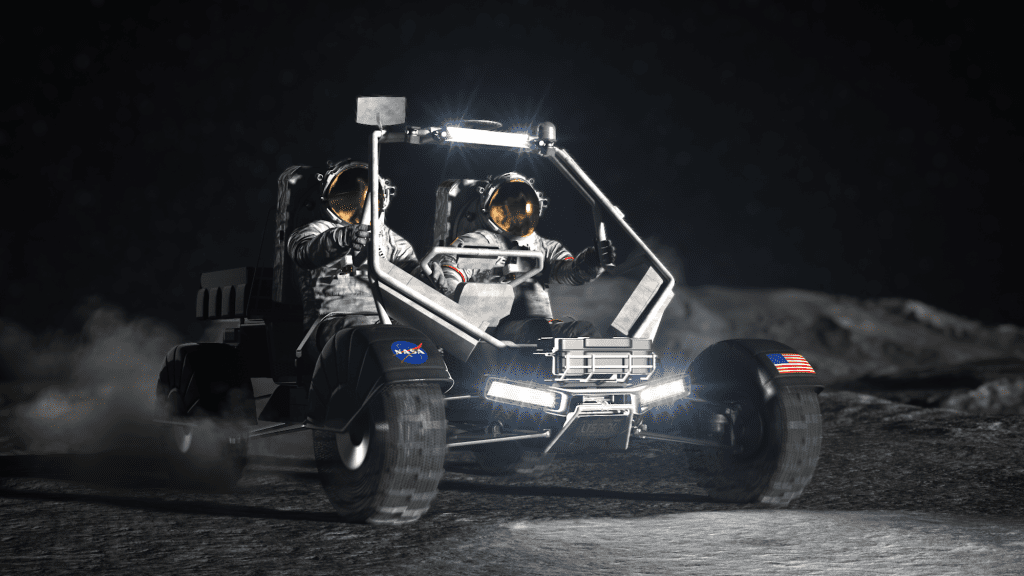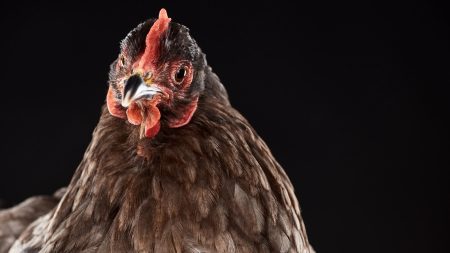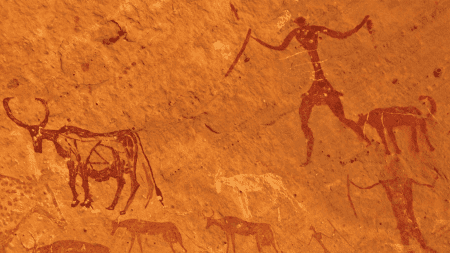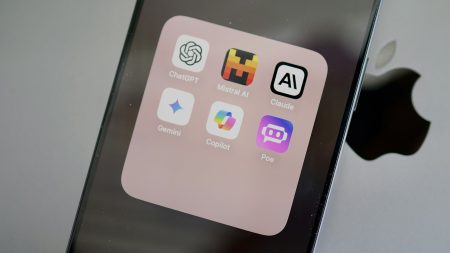NASA has chosen three top contestants to present their best ideas. moon car suggestions by this time next year for use on upcoming lunar missions. Artemis lunar missions. At a media briefing press conference yesterday afternoon, the organization confirmed Intuitive Machines, Lunar Outpost, and Venturi Astrolab will all spend the next 12 months developing their Lunar Terrain Vehicle (LTV) concepts as part of the “feasibility task order.”
Vanessa Wyche, director of NASA’s Johnson Space Center in Houston, says the final LTV will “greatly enhance our astronauts’ ability to explore and conduct science on the lunar surface while also serving as a science platform between crewed missions.”
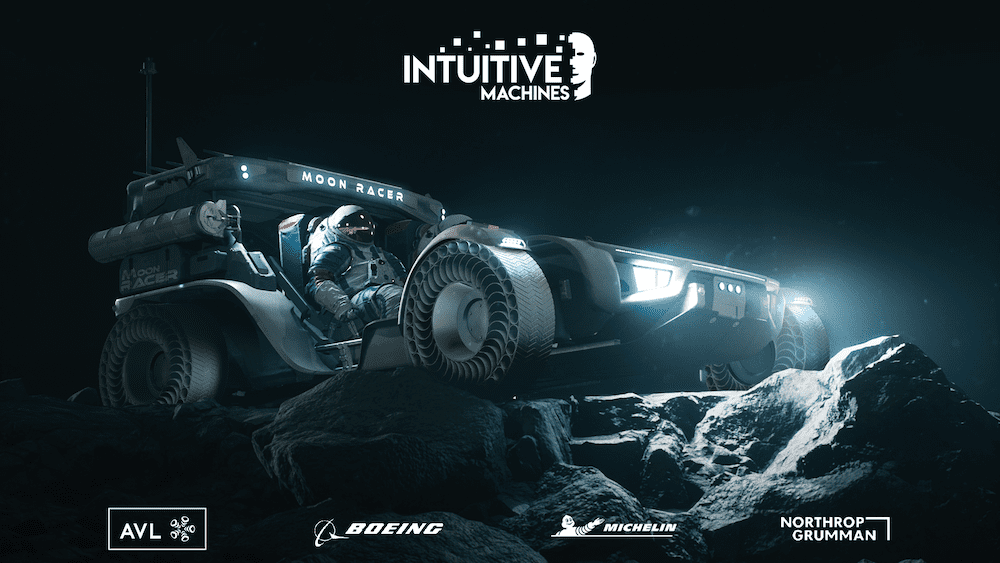
While neither Lunar Outpost nor Venturi Astrolab have been on the moon yet, they are planning uncrewed rover missions within the next couple years. In February, Intuitive Machines became the first privately funded company to successfully land on the lunar surface with its NASA-backed Odysseus spacecraft. Although “Odie” officially returned the US to the moon after an over-50 year hiatus, touchdown complications resulted in the craft landing on its side, severely limiting the extent of its mission.
[Related: NASA’s distinctive new lunar rover will be the first to roam the moon’s south pole.]
The last time astronauts drove a moon buggy was back in 1971 during NASA’s Apollo 15 mission. The new LTV, like its Apollo predecessor, will only accommodate two people in an unpressurized cockpit—i.e. exposed to the harsh moon environment.
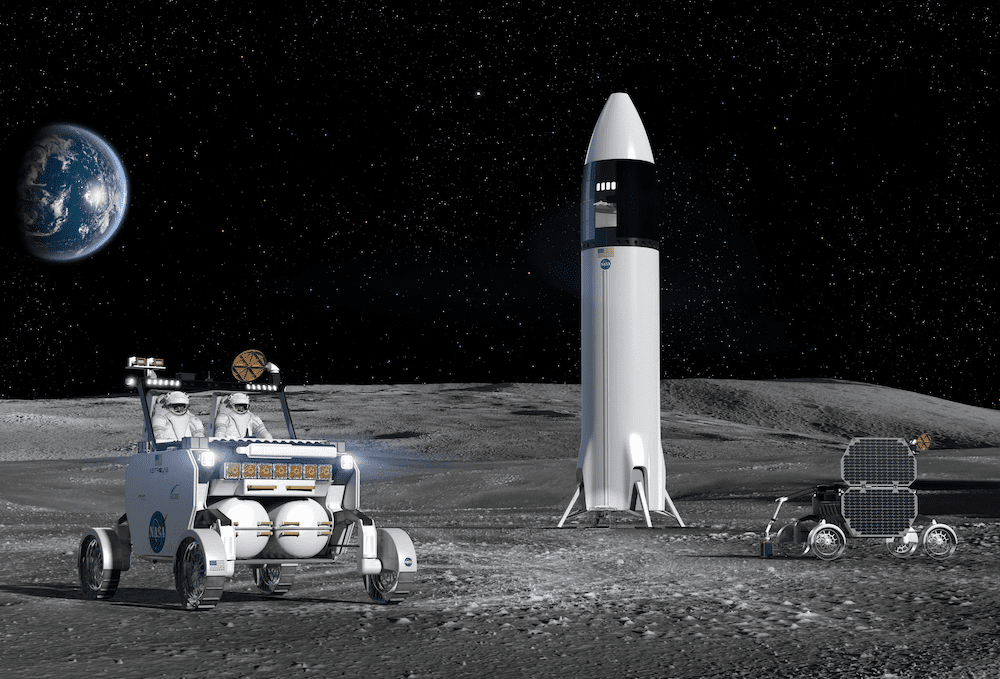
Once deployed, however, the LTV will differ from the Lunar Roving Vehicle in a few key aspects—most notably, it won’t always need someone at the steering wheel. While astronauts will pilot the LTV during their expeditions, the vehicle will be specifically designed for remote control once the Artemis crew is back home on Earth. In its initial May 2023 proposal call, the organization explained its LRV capabilities will be “similar to NASA’s Curiosity and Perseverance Mars rovers.” When NASA isn’t renting the LTV, the winning company will also be free to contract it out to private ventures in the meantime.
But while a promising lunar rover design is great to see on paper, companies will need to demonstrate their vehicle’s capabilities before NASA makes its final selection—and not just on some desert driving course here on Earth.
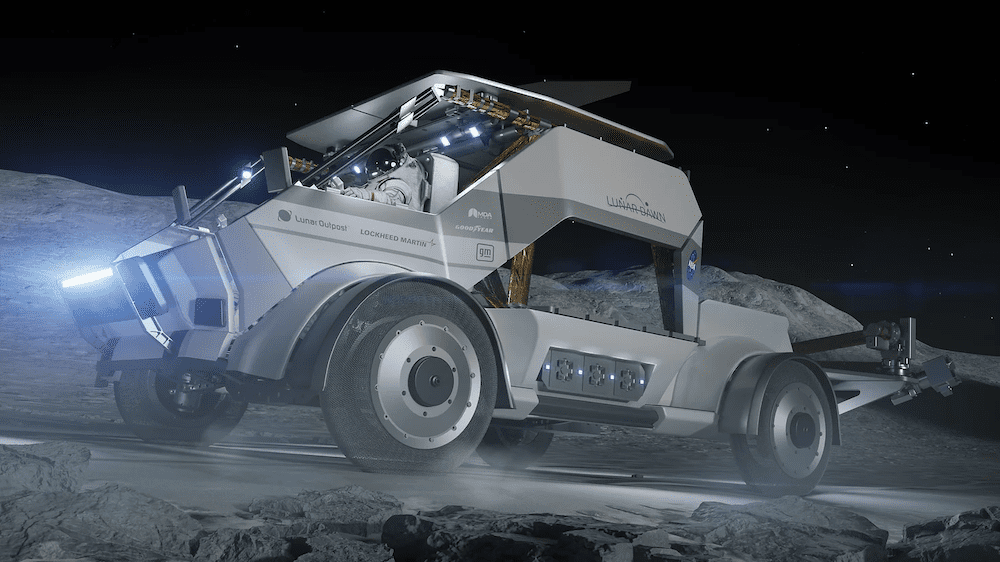
After reviewing the three proposals, NASA will issue a second task order to at least one of the finalists, requesting to see their prototype in action on the moon. That means the company (or companies) will need to plan and execute an independent lunar mission, deliver a working vehicle to the moon, and “validate its performance and safety.” Only once that little hurdle is cleared does NASA plan to greenlight one of the company’s rovers.
If everything goes smoothly, NASA’s Artemis V astronauts will use the winning LTV when they arrive near the moon’s south pole in 2030.





